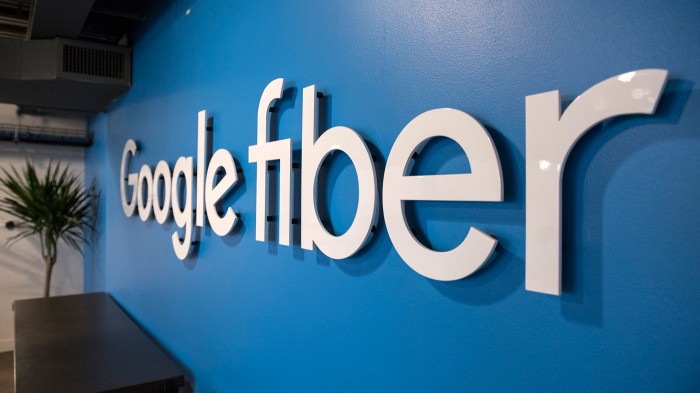Google Is Cutting the Cord on Its Fiber Rollout
The rumors surrounding Google’s plan to provide fiber Internet in several U.S. cities were true: the company is putting expansion of the plan on ice, cutting jobs and losing its chief executive in the process.
Craig Barratt, the CEO of Access, the division of Alphabet responsible for Google Fiber, announced the changes, and his resignation, in a blog post. While operations in cities where Google has already broken ground will continue as normal, any planned expansions are on hold. In cities where plans hadn’t yet been enacted, the company will be cutting employees, too—though as the New York Times points out, it’s not clear how many.
Barratt said the company hopes to continue its roll-out of Internet provision once it has “advanced [its] technologies and solutions.”

What does that mean? Likely that the future of Google Fiber lies in, well, a lack of fiber. Rather than installing cables, which is wildly expensive, Google looks set to join other companies in rolling out super-fast Wi-Fi around cities instead. It’s already signaled its intent by purchasing the company Webpass, which uses wireless technology to provide homes with gigabit Internet access.
The idea makes sense. Advances in microelectronics and software have made high-capacity wireless systems far more affordable in recent years. The result is a zippy new wireless data technology known as WiGig, which sends data 10 times faster than a standard Wi-Fi connection by using 60-gigahertz radio waves.
Google will be entering an increasingly busy space. Facebook is aggressively pursuing its own plans to roll out high-speed public Wi-Fi systems as part of its Terragraph project—one pillar of a three-point plan to get four billion more people online. AT&T is piggybacking on power lines to beam wireless data within cities and out to remote locations as part of its AirGig venture, and a startup called Starry has shown off hardware meant to provide gigabit wireless connectivity.
Clearly, the future of broadband is wireless. It’s just a shame for Google that it realized that only after spending hundreds of millions of dollars laying fiber.
(Read more: Google Fiber, New York Times, “Google Fiber Stalls as the Industry Gears Up for Ultrafast Wireless,” “AT&T’s Plan to Hack the Electrical Grid to Provide Cheap Wireless Broadband,” “Facebook Is Testing a Super-Speed Public Wi-Fi System”)
Keep Reading
Most Popular
Large language models can do jaw-dropping things. But nobody knows exactly why.
And that's a problem. Figuring it out is one of the biggest scientific puzzles of our time and a crucial step towards controlling more powerful future models.
How scientists traced a mysterious covid case back to six toilets
When wastewater surveillance turns into a hunt for a single infected individual, the ethics get tricky.
The problem with plug-in hybrids? Their drivers.
Plug-in hybrids are often sold as a transition to EVs, but new data from Europe shows we’re still underestimating the emissions they produce.
Stay connected
Get the latest updates from
MIT Technology Review
Discover special offers, top stories, upcoming events, and more.